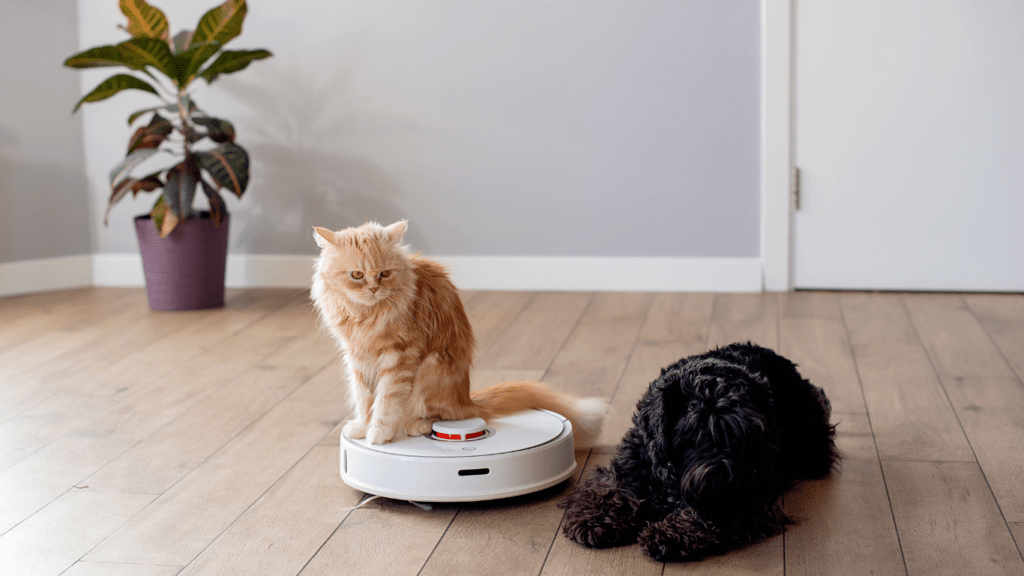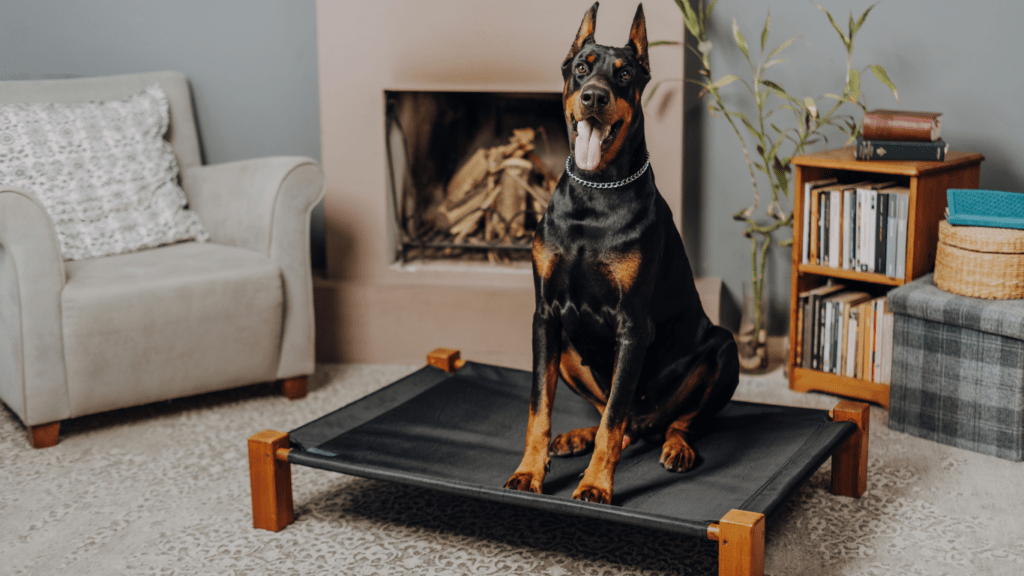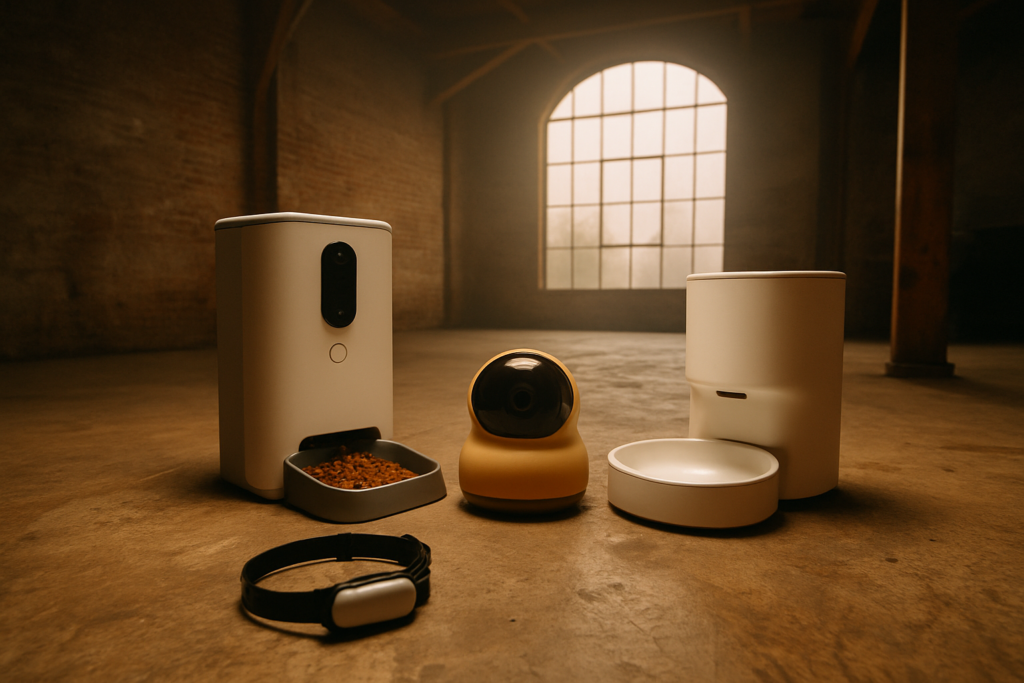Understanding the Need for a Safe Space
Pets need safe spaces for their well-being and happiness. These areas provide comfort and security, essential for any pet at home.
Benefits for Your Pet
Safe spaces offer several benefits for pets, such as reducing stress. A designated area allows pets to retreat from loud noises or unfamiliar guests. By providing a quiet environment, pets can rest and recharge.
Creating a familiar zone can also enhance a pet’s sense of belonging and stability, which is crucial for overall mental health. Additionally, safe spaces can improve health by minimizing exposure to potential household hazards.
Impact on Pet Behavior
Establishing a safe space significantly impacts pet behavior. Pets with access to secure areas exhibit fewer anxiety-related behaviors, like:
- destructive chewing
- excessive barking
These safe havens help pets manage separation anxiety, especially when owners leave home. Behavior studies show that animals with dedicated spaces are more likely to exhibit positive social behaviors and adapt better to changes in their environment.
Choosing the Right Location in Your Home
Ensuring your pet’s comfort starts with picking the perfect spot in your home. The ideal location considers your pet’s specific needs and habits.
Considerations for Dogs
- Dogs thrive in quiet areas. Choose a location away from busy foot traffic, like a corner of the living room or a section of the bedroom.
- Ensure it’s close to where family members spend time to help your dog feel part of the pack.
- Avoid spots near loud appliances, such as washing machines.
- Make the space big enough for a bed, toys, and water bowl.
- If possible, provide a view of the outdoors to satisfy their curiosity.
- Natural light invigorates dogs and a window can keep them entertained. Ensure the area is free from hazards like exposed wires.
Considerations for Cats
Cats need their spaces to be elevated. Choose a location on higher ground like a window sill or top shelf. Ensure the area offers a good vantage point for observing their territory, as cats feel safer when they can see their surroundings.
Opt for quiet areas as cats tend to be sensitive to noise. Spaces near windows are great; natural light and outdoor views stimulate their senses. Make sure there are no fragile items that could be knocked over when they jump.
Incorporate vertical space with cat trees or shelves to climb. These additions cater to their instinctive need to climb and explore.
Essential Elements of a Safe Space

Creating a safe space for your pet involves selecting the right elements that cater to their comfort and security. These essentials ensure that your pet feels relaxed and at home.
Comfortable Bedding
Comfortable bedding is crucial for a pet’s safe space. For dogs, choose a bed with orthopedic support if they have joint issues. Soft, washable materials work best for easy maintenance. For cats, consider plush beds or hammocks. Place the bedding in a quiet, low-traffic area to promote uninterrupted rest.
Safe Toys and Accessories
Safe toys and accessories keep pets mentally stimulated and prevent boredom. For dogs, consider chew toys made from durable, non-toxic materials. Tug ropes and puzzle toys are excellent for mental engagement.
For cats, opt for feather wands and interactive ball toys. Avoid small parts that can be swallowed. Additionally, include scratching posts to encourage natural behaviors and prevent claw damage to furniture.
Maintaining the Safe Space
Ensuring your pet’s safe space remains clean and suitable involves regular upkeep and adjustments to meet their changing needs.
Regular Cleaning and Maintenance
Consistent cleaning prevents the buildup of dirt and allergens. Wash bedding and toys weekly, using pet-safe detergents. Inspect toys for wear and replace damaged ones to avoid choking hazards.
Wipe down surfaces with non-toxic cleaners to maintain a germ-free environment. Vacuum the area to remove fur and dander, especially if your pet sheds heavily.
Adjustments as Your Pet Grows
Modify the safe space as your pet matures. For puppies and kittens, choose smaller beds and softer toys. As they grow, switch to larger beds and more robust toys.
Older pets may benefit from orthopedic bedding to support aging joints. Regularly assess your pet’s preferences and adjust the space to match their needs and comfort levels.


